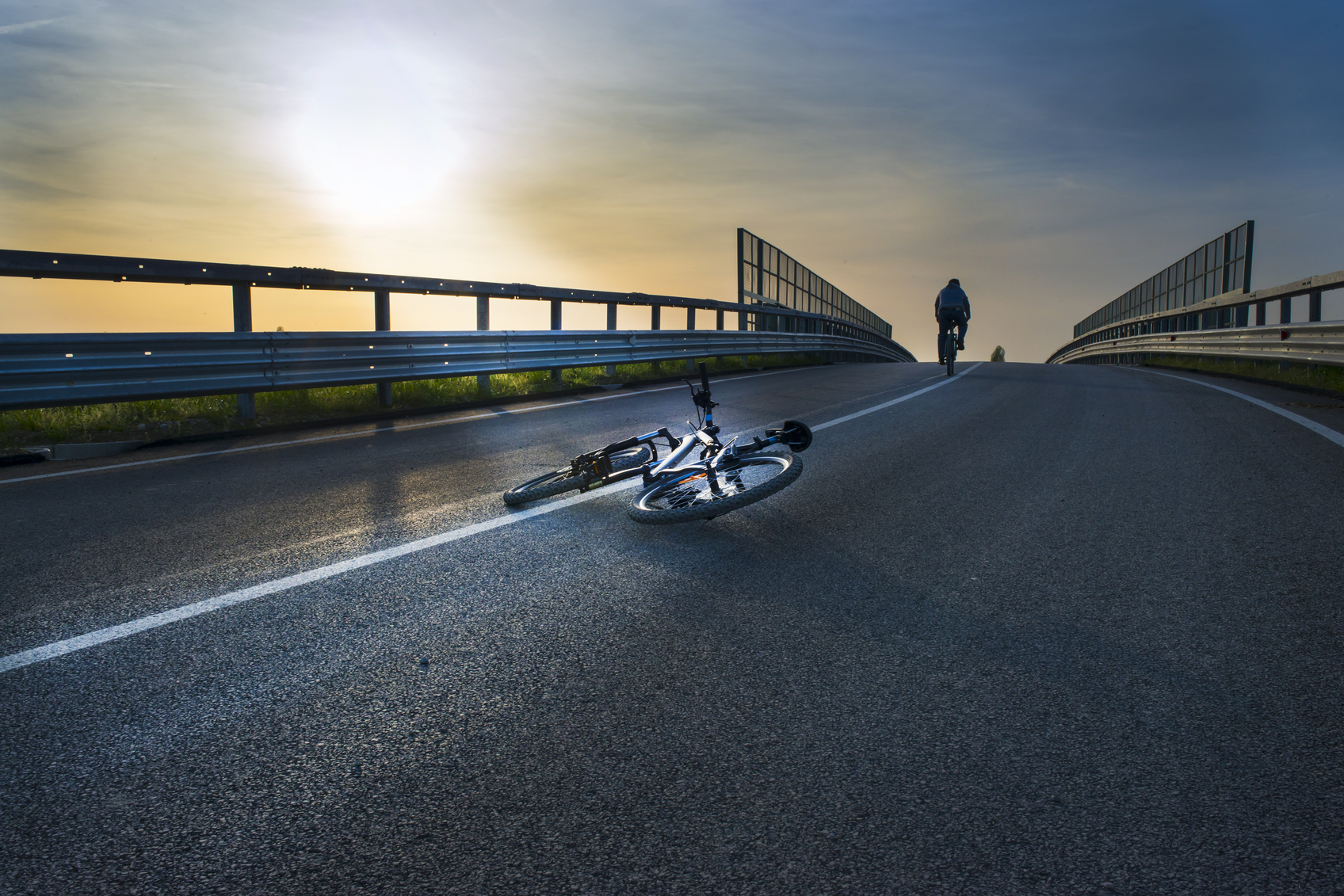Understanding Bicycle Accidents – California
With mild weather almost year long, California was made for outdoor activities, like bicycling. Unfortunately, most streets in the Golden State were not made for bicycles. Back in the day, the car was the king, and road layouts largely match that attitude. There have been some changes recently, but for the most part, bike lanes are narrow or nonexistent and laws are not very favorable. The culture of the car also means that motorists do not always look out for bicyclists.
As a result, California led the way amongst all other U.S. states in bicycle fatalities between 2010 – 2012, with 338 deaths. In fact, when a fast-moving 4,000-pound car hits a slow-moving 15-pound bicycle, the results are almost always tragic for riders. Fortunately, injured victims have a number of legal options in these situations.
Bicycle Accident Causes
Most of these collisions occur during the summer months and during the day, because of the prevalence of child riders during these months and hours. Children are not as visible in traffic and may not be as familiar with the rules of the road as older bikers.
According to a report from the National Highway Traffic Safety Administration, the most common reason for cycling accidents is collision with a car (29%). Riders are normally not seriously injured if the vehicles are moving 20mph or slower, but they are nearly always seriously injured or killed if the vehicles are traveling 40mph or faster. Speed increases the force in a collision and also reduces reaction time. That latter condition is especially important with regard to bicyclist visibility, a point that is discussed below.
While some drivers speed and ignore traffic laws, others should never have gotten behind the wheel at all, because they were already dangerously impaired. Such impairment can come from:
- Alcohol: After just one drink, most people experience loss of muscle control, and they are also unable to quickly make good decisions.
- Drugs: Legal painkillers, sleep aids, antidepressants, and other medicine, if they are used improperly, are as dangerous as illegal “street drugs,” like heroin and cocaine.
- Fatigue: Statistics show that driving after being awake for eighteen consecutive hours is like driving with a .08 BAC.
Moreover, many people operate motor vehicles while they are distracted by eating, using a cellphone, talking to passengers, and countless other non-driving activities.
Damages Available
In California, bicycle crash victims are entitled to cash compensation for their economic, out-of-pocket losses. These damages include items like medical bills, lost wages, physical rehabilitation costs, and medical device expenses. With regard to medical bills and other medical expenses, attorneys often send letters of protection to third-party providers that guarantee payment when the case is resolved. So, victims get the medical care they need without having to pay out-of-pocket or rely on health insurance.
Noneconomic damages are available as well, for things like pain and suffering, loss of consortium (companionship), loss of enjoyment in life, and emotional distress. Although it is impossible to put a dollar value on the quality of life, money damages are normally the only kind of relief that the law allows.
In some cases, victims are entitled to additional punitive damages. In California, the jury may assess additional damages to deter future wrongdoing and punish the tortfeasor (negligent driver) if the victim presents clear and convincing evidence that the tortfeasor intentionally disregarded the property and safety of others by undertaking a course of action known to be dangerous. A cap may apply, in some cases.
Legal Issues In Bicycle Crash Cases
To obtain these damages, victims must prove that the tortfeasor was at fault for the wreck. Such proof must be a preponderance of the evidence, which means there is more evidence in favor of the plaintiff. Put another way, if there are two stacks of paper side by side, and a person adds one sheet to the stack on the left, there is more paper in that stack than there is in the other one. Normally, there is a two-year statute of limitations in negligence cases.
Even if the motorists are clearly at fault, both they and their insurance companies often try to shift blame onto the victims. As mentioned earlier, visibility is sometimes an issue here. Indeed, tortfeasors often make statements at the scene like “he came out of nowhere” and “I never even saw her.” However, lack of visibility is never an excuse for negligence, because if it was, no one would ever cause a car crash at night or in the rain.
Bikers have a reputation for not following some traffic laws, like coming to a complete stop at stop signs or signaling turns. If a bicyclist coasts through a stop sign or makes an illegal lane change, the insurance company often tried to use the sudden emergency defense. This doctrine excuses liability if the tortfeasor was reacting to an unexpected situation. However, traffic law violations are not normally considered unexpected situations, because such events are so common. Therefore, the sudden emergency defense typically is inapplicable in bicycle crashes.
